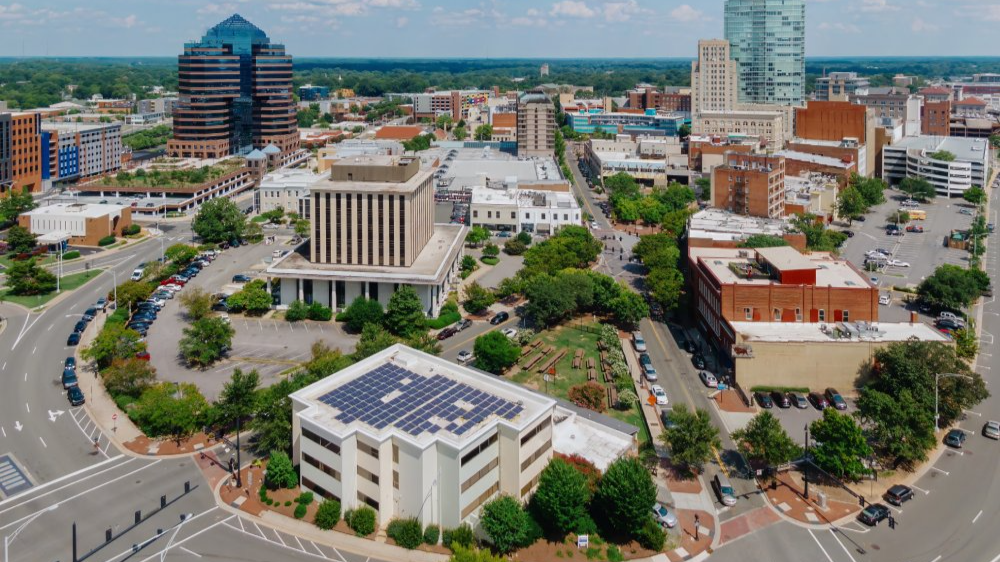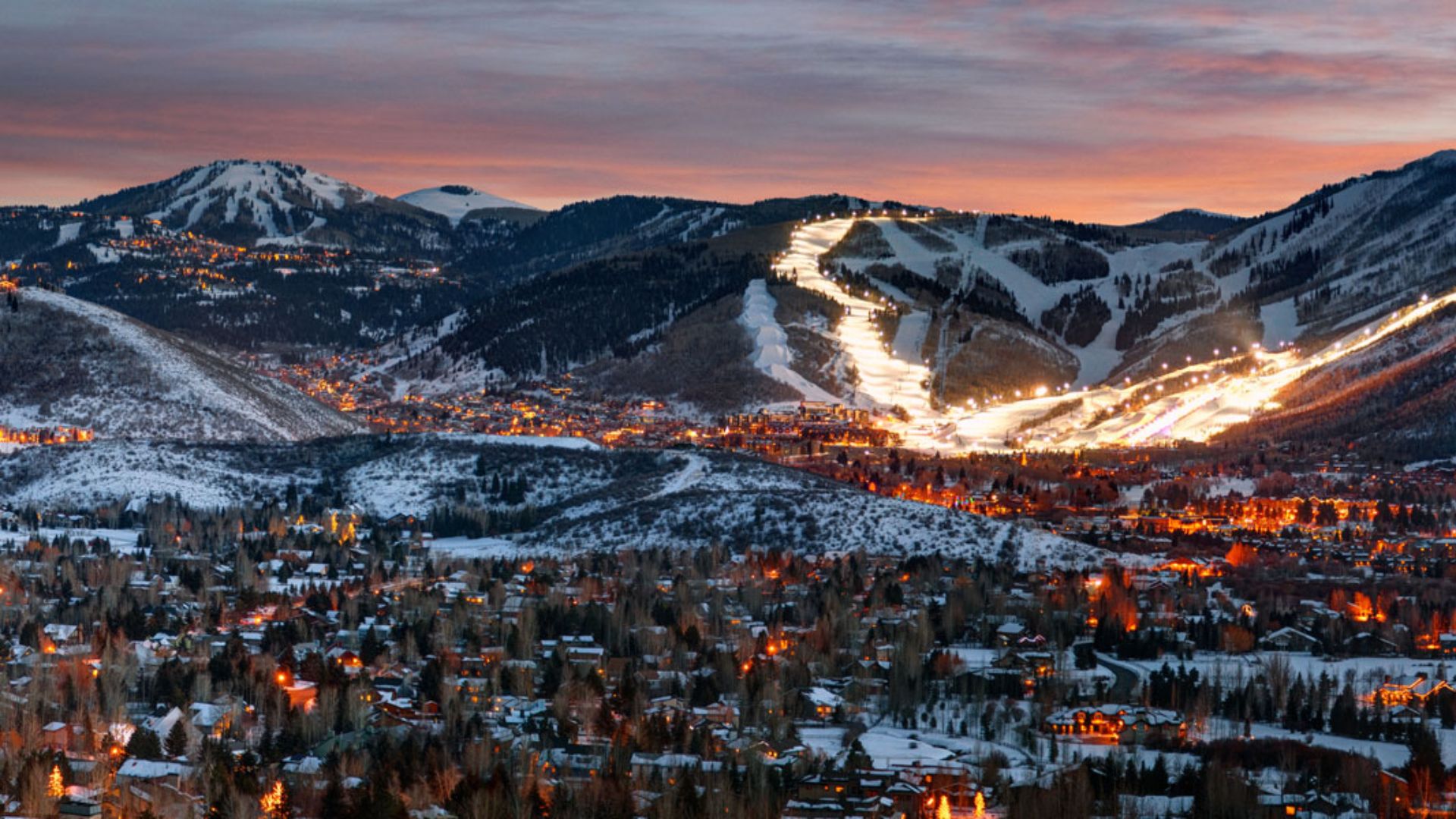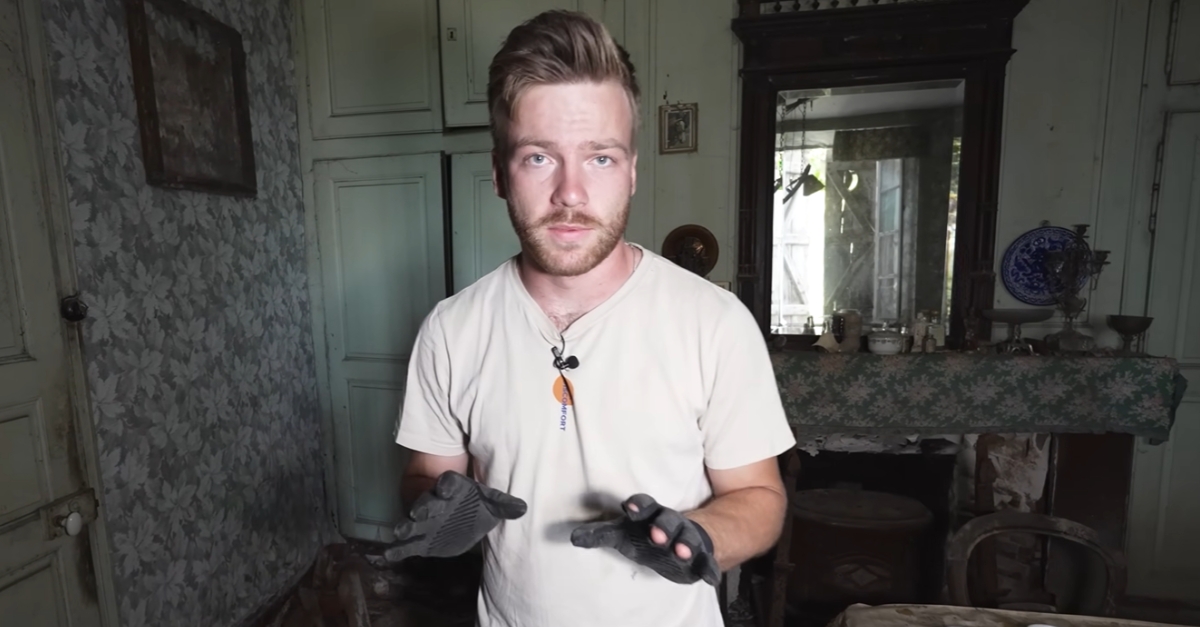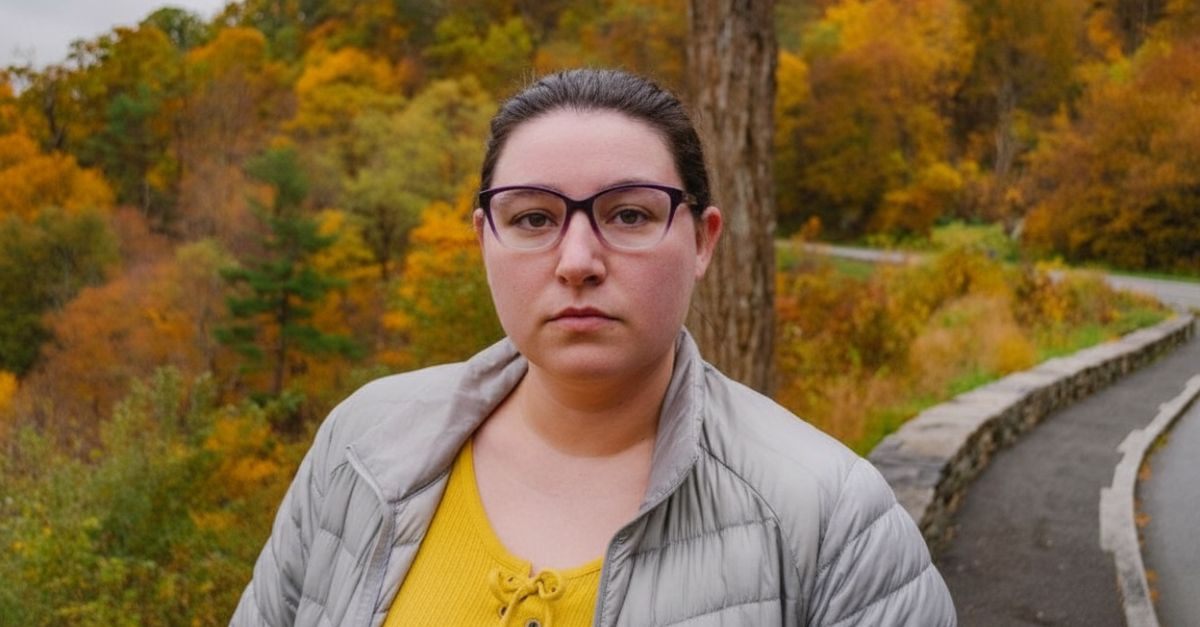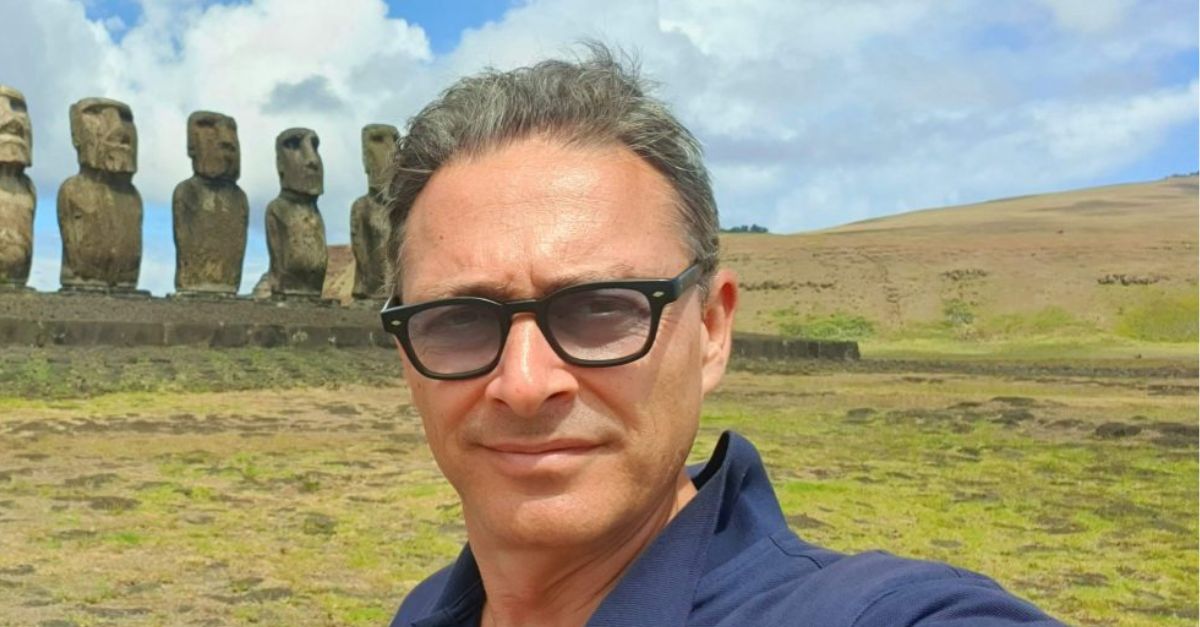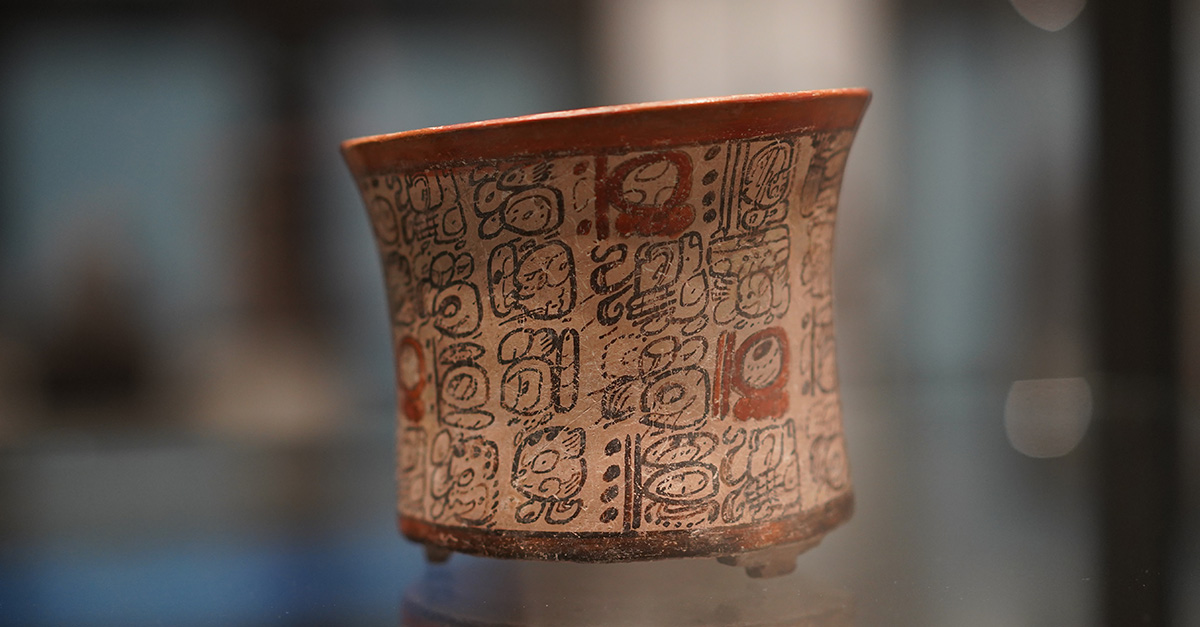The Last States Standing
When the world goes sideways, some states might stand a fighting chance while others will be toast before the first news alert. We crunched the data—population density, farmland, and disaster risk—to see which states are best suited to outlast the apocalypse. Grab your canned beans and let’s find out who makes it.
25: North Carolina
Population density: 218 people/sq. mile
Farmland: 40% of total land
Disaster risk: Moderate (FEMA Index: 33.7)
With rich farmland and a manageable mix of coast and mountains, North Carolina has a shot at survival. Just hope the hurricanes chill out long enough for you to plant your tomatoes and avoid coastal flooding when the power grid collapses.
24: Pennsylvania
Population density: 292 people/sq. mile
Farmland: 52% of total land
Disaster risk: Moderate (FEMA Index: 31.9)
Pennsylvania’s self-sufficient mix of farmland, forests, and small towns gives it an edge. Plus, it’s got mountains for cover and coal country if you need to go off-grid. Philly might fall fast—but the rest of the state could dig in.
 Dough4872; modifications and annotations by Maps and stuff (Brian W. Schaller), Wikimedia Commons
Dough4872; modifications and annotations by Maps and stuff (Brian W. Schaller), Wikimedia Commons
23: Kentucky
Population density: 115 people/sq. mile
Farmland: 51% of total land
Disaster risk: Moderate (FEMA Index: 28.4)
Kentucky’s rolling hills and steady farmland make it a quiet contender. Once the bourbon runs out, you’ll still have fertile ground, freshwater rivers, and neighbors who know their way around a generator and a rifle.
22: Tennessee
Population density: 172 people/sq. mile
Farmland: 44% of total land
Disaster risk: Moderate (FEMA Index: 30.5)
From Smoky Mountain hideouts to wide-open valleys, Tennessee offers plenty of spots to hunker down. The weather’s mild enough to farm, and locals already have strong self-reliant streaks—just maybe keep your distance from the bigger cities when things go south.
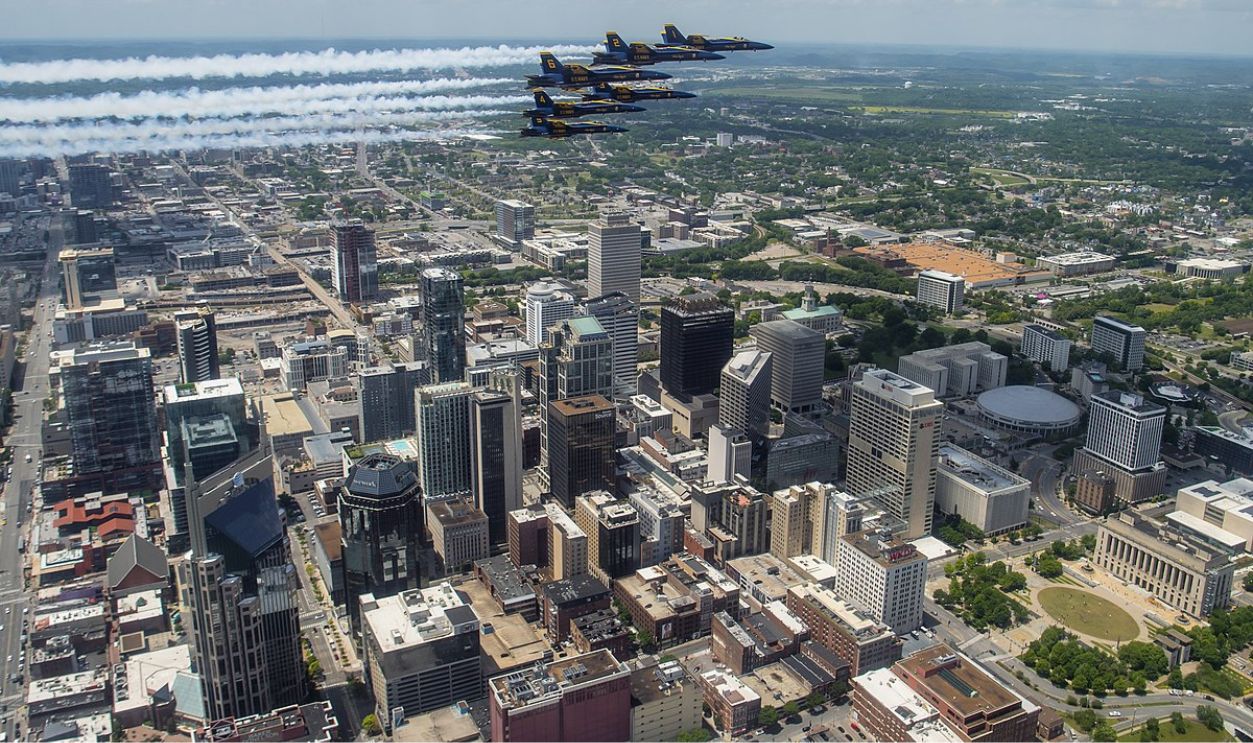 Official U.S. Navy Page, Wikimedia Commons
Official U.S. Navy Page, Wikimedia Commons
21: Maine
Population density: 46 people/sq. mile
Farmland: 7% of total land
Disaster risk: Low (FEMA Index: 16.3)
Maine’s low population and endless forests make it a quiet doomsday dream. You’ll have to learn to fish and chop wood, but that’s part of the charm. If the zombies hate cold weather, you’re golden.
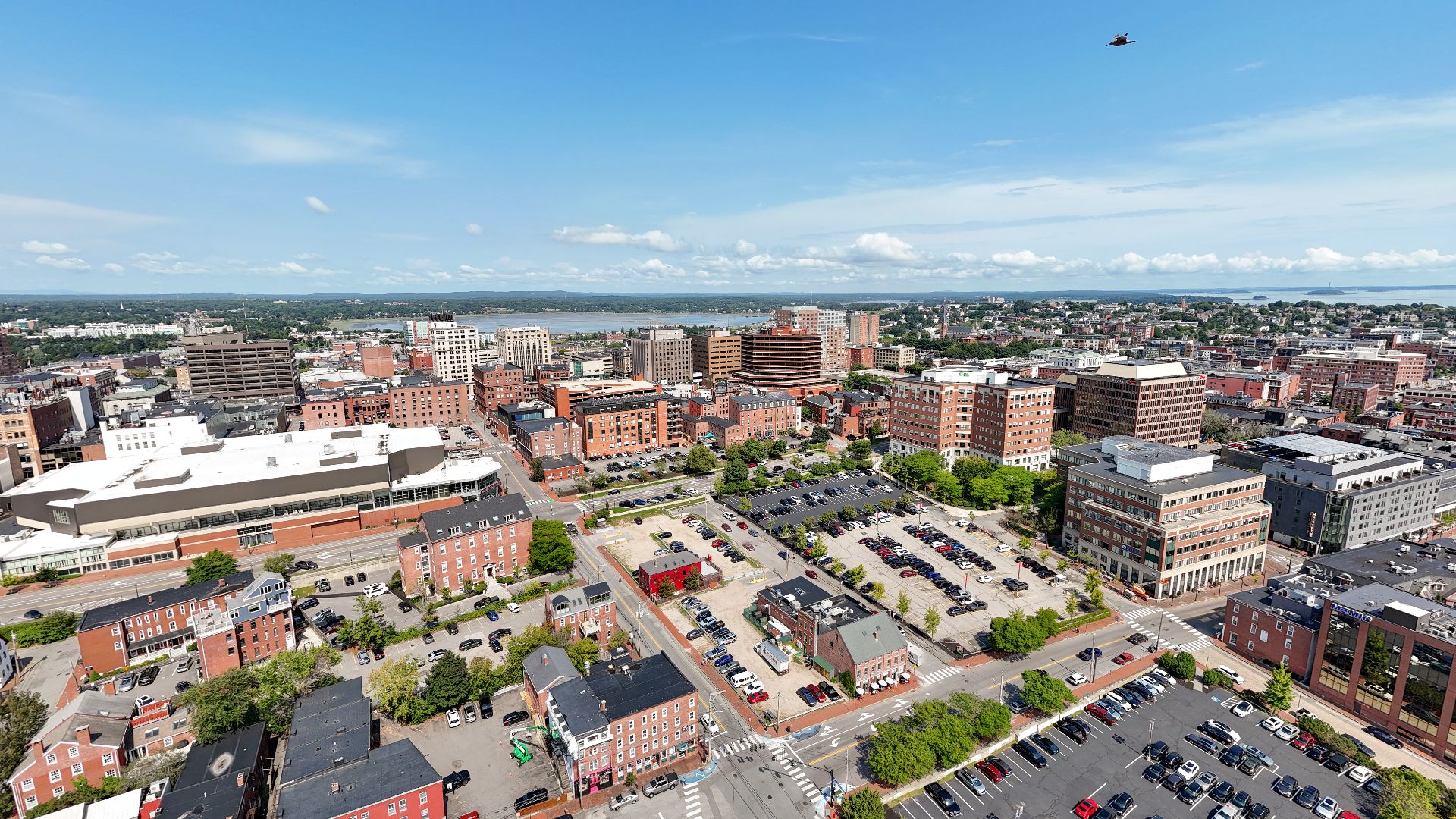 Quintin Soloviev, Wikimedia Commons
Quintin Soloviev, Wikimedia Commons
20: Vermont
Population density: 70 people/sq. mile
Farmland: 15% of total land
Disaster risk: Low (FEMA Index: 18.2)
Vermont’s chill vibe and isolation already make it feel post-apocalyptic. With small towns, clean water, and a sustainable lifestyle baked in, Vermonters might not even notice the end of civilization—unless it affects the maple syrup supply.
 Jared and Corin, Wikimedia Commons
Jared and Corin, Wikimedia Commons
19: New Hampshire
Population density: 158 people/sq. mile
Farmland: 9% of total land
Disaster risk: Low (FEMA Index: 18.7)
New Hampshire’s motto—“Live Free or Die”—pretty much sums up its survivalist potential. With plenty of rural pockets and access to clean rivers, residents won’t have trouble living free, even if it means building their own shelters.
 Quintin Soloviev, Wikimedia Commons
Quintin Soloviev, Wikimedia Commons
18: Oklahoma
Population density: 60 people/sq. mile
Farmland: 77% of total land
Disaster risk: High (FEMA Index: 40.6)
If you can dodge tornadoes, Oklahoma’s vast farmland makes it a solid survival base. Wide-open spaces and self-sufficient people make it one of the most resource-rich states for living off the grid—even if the wind tries to evict you.
17: Idaho
Population density: 23 people/sq. mile
Farmland: 21% of total land
Disaster risk: Low (FEMA Index: 19.8)
Idaho’s mountains and isolation are perfect for survivalists. With miles of wilderness and enough farmland to sustain small communities, it’s the kind of place where prepping isn’t a hobby—it’s just called Tuesday.
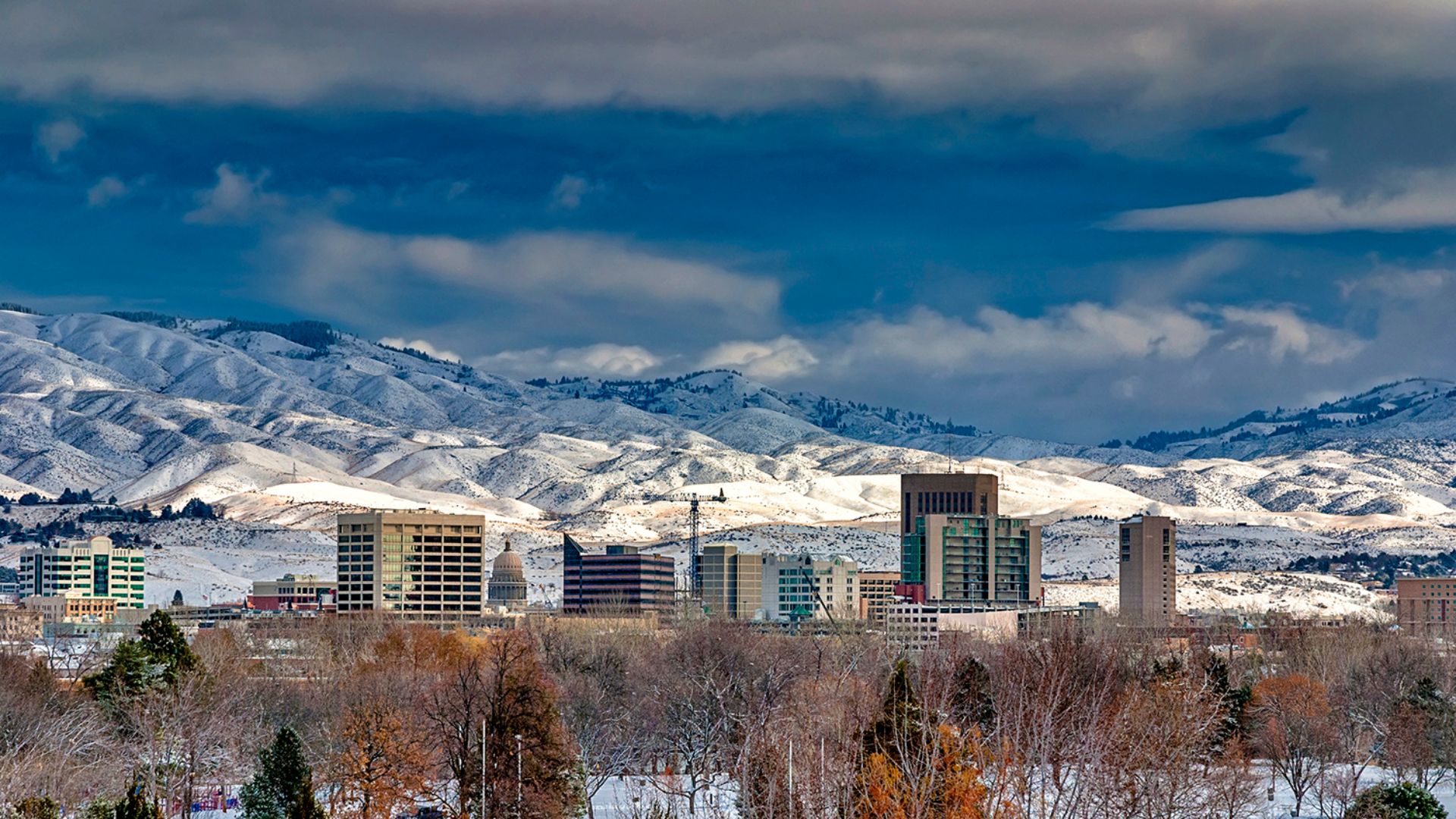 Charles Knowles, Wikimedia Commons
Charles Knowles, Wikimedia Commons
16: Nebraska
Population density: 26 people/sq. mile
Farmland: 92% of total land
Disaster risk: Moderate (FEMA Index: 27.5)
Nebraska’s flatlands might not be glamorous, but they’re rich in crops and space. With so much farmland and few people to compete with, Nebraskans could build a new civilization—one cornfield at a time.
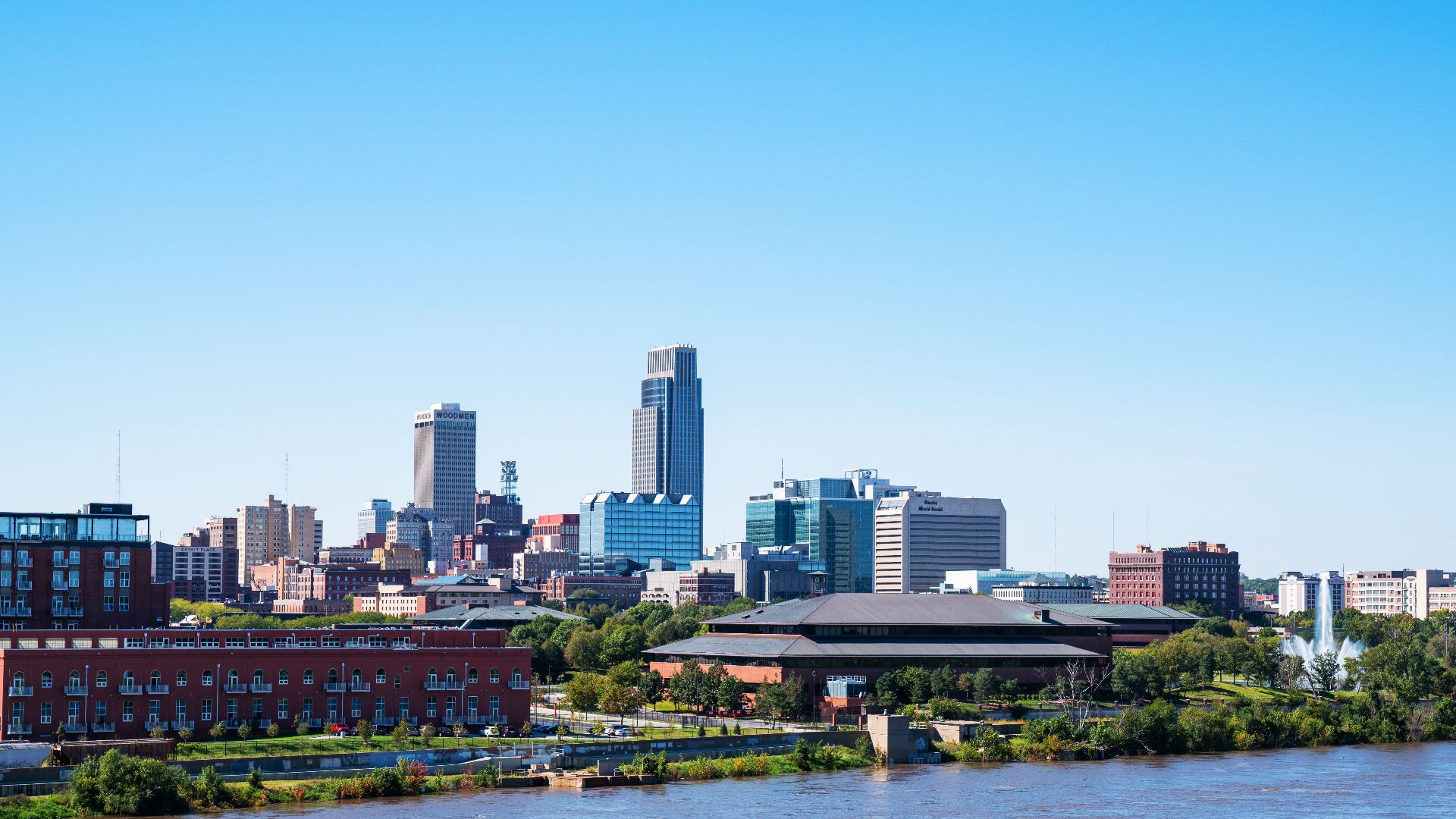 Tony Webster from Minneapolis, Minnesota, United States, Wikimedia Commons
Tony Webster from Minneapolis, Minnesota, United States, Wikimedia Commons
15: Oregon
Population density: 46 people/sq. mile
Farmland: 16% of total land
Disaster risk: Moderate (FEMA Index: 28.9)
Between dense forests, fertile valleys, and renewable energy, Oregon is prepped for post-collapse living. Sure, the coast could shake or flood, but head inland and you’ve got everything you need—water, food, and enough moss to build a cabin.
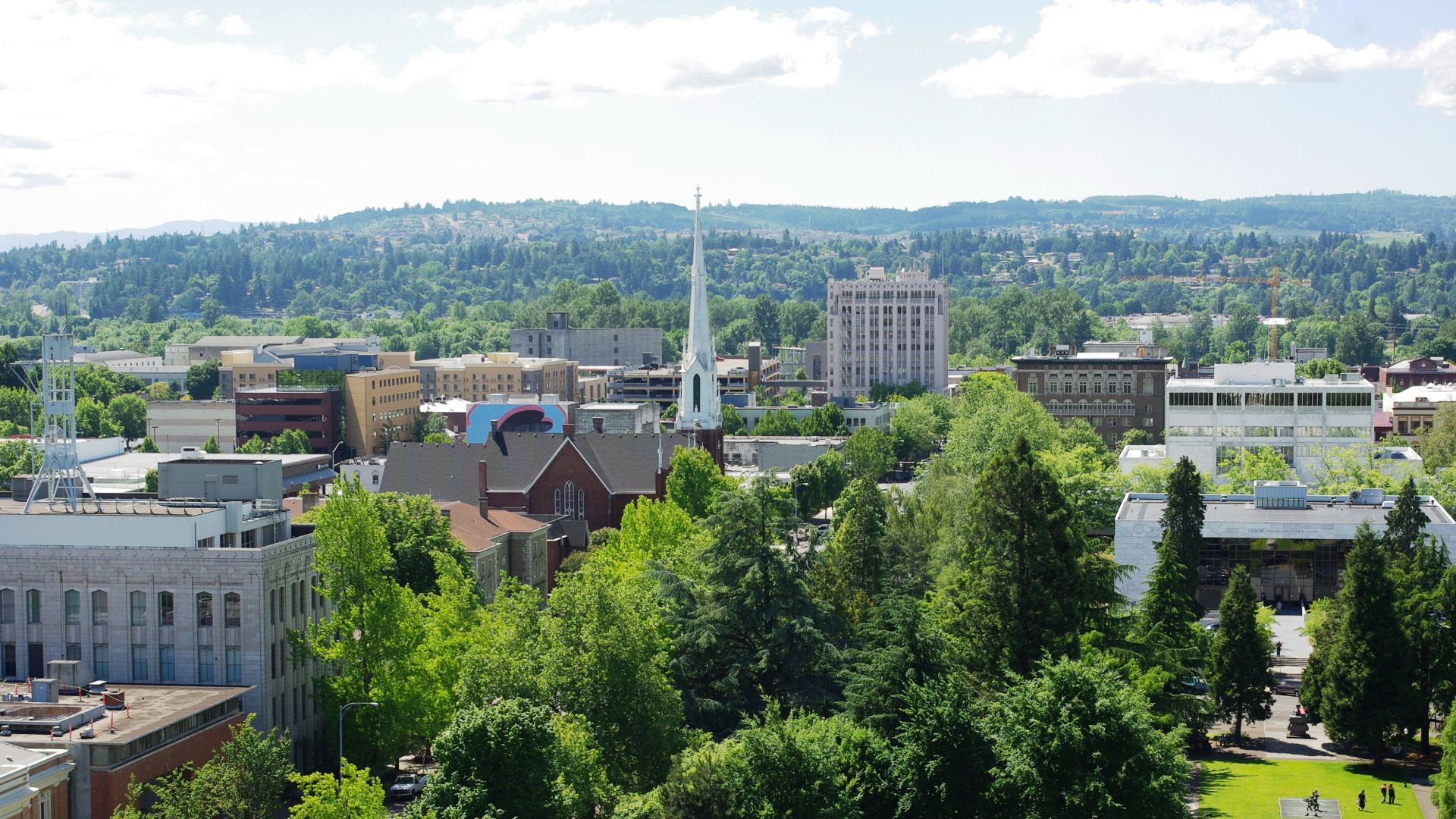 M.O. Stevens, Wikimedia Commons
M.O. Stevens, Wikimedia Commons
14: Washington
Population density: 121 people/sq. mile
Farmland: 30% of total land
Disaster risk: Moderate (FEMA Index: 29.3)
Washington has hydroelectric power, fertile soil, and mountains galore. The only downside? When the volcanoes go, it might be a quick exit. But outside Seattle, the state’s mix of wilderness and sustainability makes survival likely.
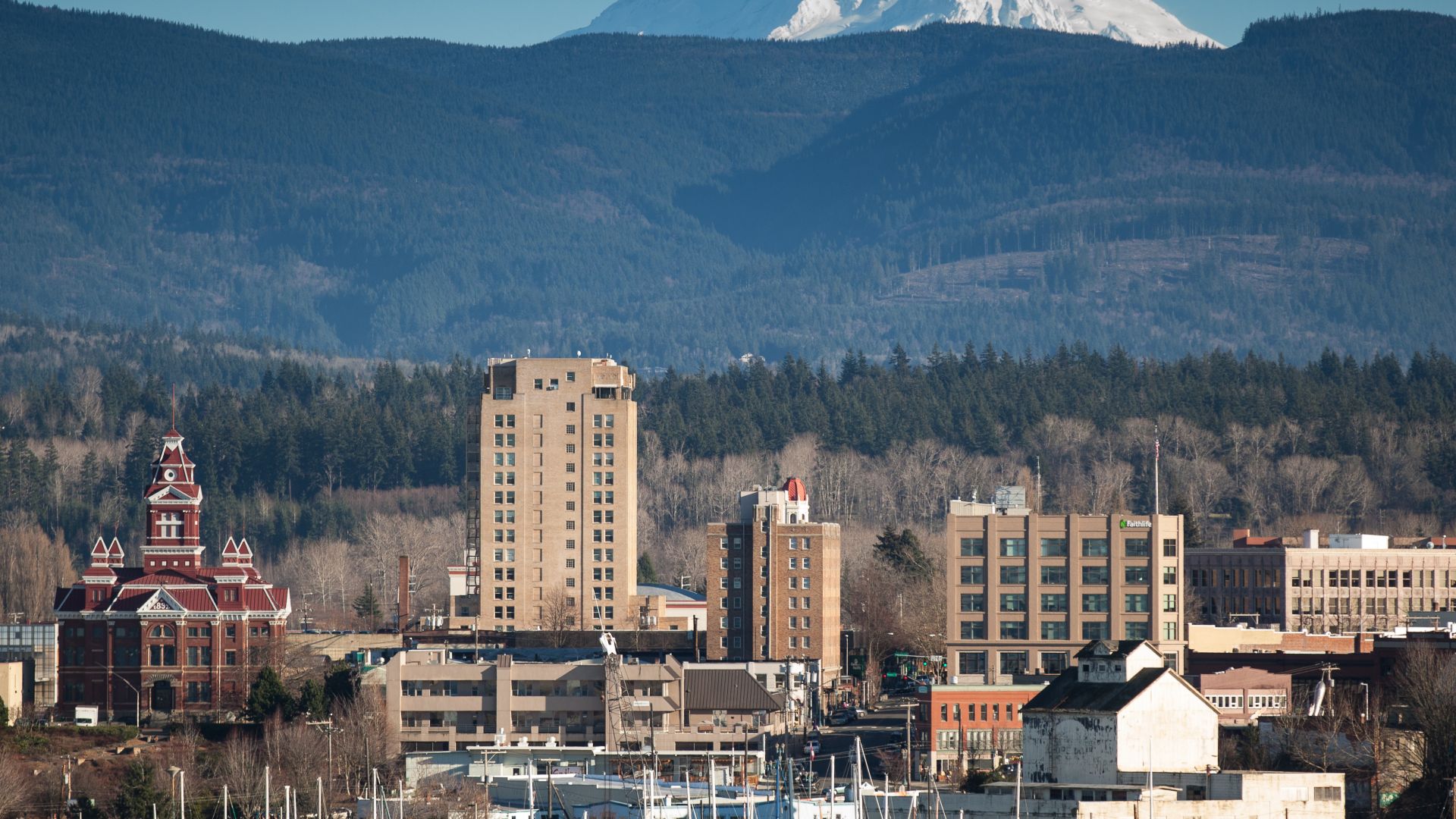 Nick Kelly / Faithlife Corporation, Wikimedia Commons
Nick Kelly / Faithlife Corporation, Wikimedia Commons
13: Kansas
Population density: 36 people/sq. mile
Farmland: 88% of total land
Disaster risk: Moderate (FEMA Index: 26.9)
Kansas’ endless farmland might finally pay off when civilization collapses. Tornadoes aside, it’s well-positioned for growing food and living off the land. You’ll need patience, a tractor, and maybe a storm cellar—but you’ll make it.
 Quintin Soloviev, Wikimedia Commons
Quintin Soloviev, Wikimedia Commons
12: Colorado
Population density: 60 people/sq. mile
Farmland: 48% of total land
Disaster risk: Low (FEMA Index: 22.1)
Colorado’s rugged terrain and mountain communities offer security and resources galore. With clean rivers, hunting grounds, and defensible space, it’s one of the few places you could literally head for the hills and thrive.
11: Utah
Population density: 41 people/sq. mile
Farmland: 17% of total land
Disaster risk: Low (FEMA Index: 21.4)
Utah’s vast deserts and mountains provide natural defense and seclusion. Strong community networks and stockpiling culture also give locals an edge. Just make sure you bring sunscreen and a water filter—you’ll need both.
10: Arkansas
Population density: 59 people/sq. mile
Farmland: 44% of total land
Disaster risk: Moderate (FEMA Index: 27.2)
Arkansas has forests, farms, and freshwater everywhere you look. The Ozarks are a natural fortress, and rural communities already know how to fix, grow, and hunt for what they need—making this a solid top-ten contender.
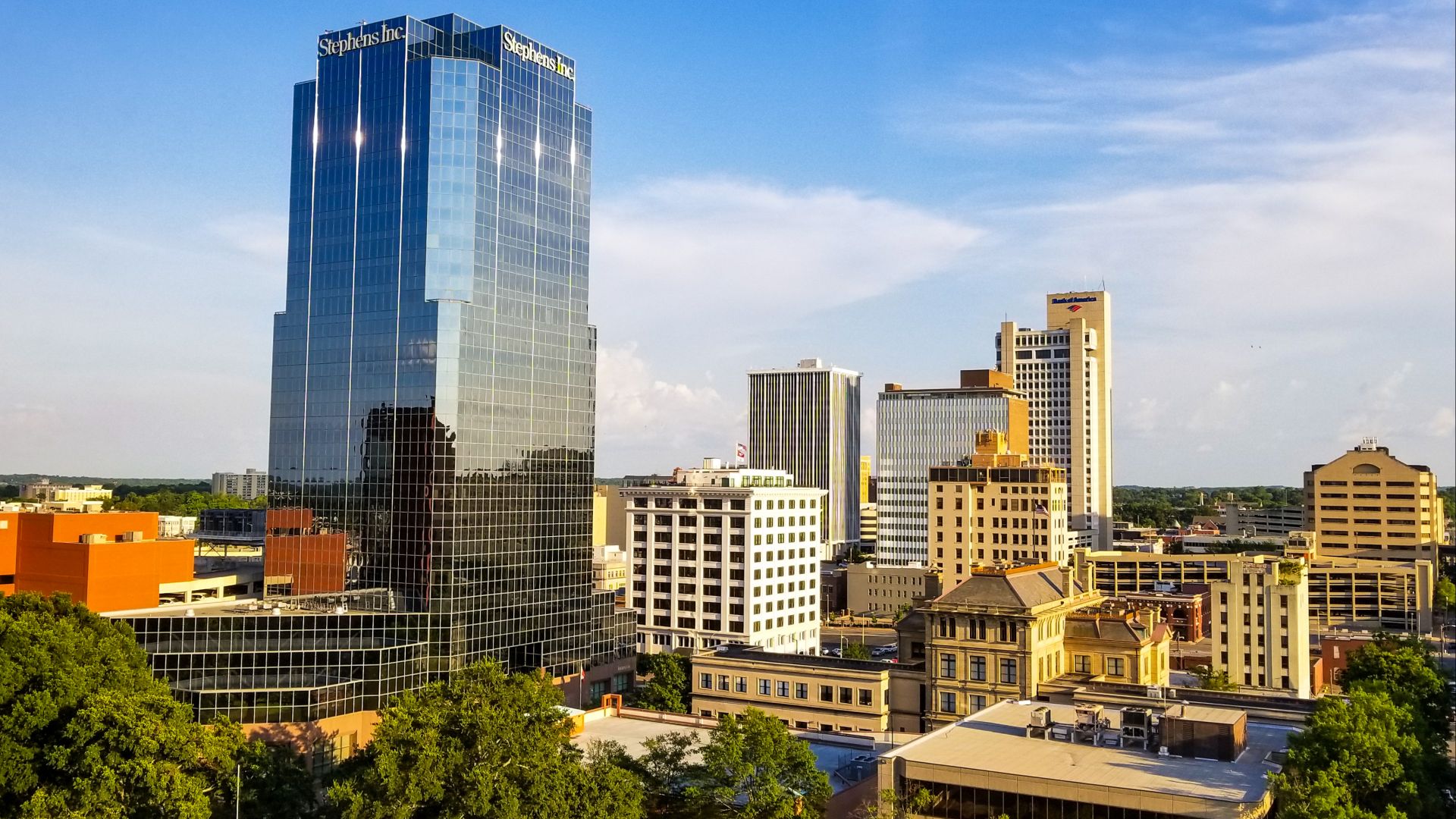 Bart Everson, Wikimedia Commons
Bart Everson, Wikimedia Commons
9: South Dakota
Population density: 12 people/sq. mile
Farmland: 89% of total land
Disaster risk: Low (FEMA Index: 20.6)
With its low population and endless plains, South Dakota is a survivalist’s dream. It’s got fertile ground, fresh water, and very few people to share it with. Just prepare for some serious winters.
 Maxpower2727, Wikimedia Commons
Maxpower2727, Wikimedia Commons
8: Wyoming
Population density: 6 people/sq. mile
Farmland: 47% of total land
Disaster risk: Low (FEMA Index: 19.4)
Wyoming’s biggest strength? Space. With wide-open land, clean rivers, and self-reliant folks, it’s already halfway to post-apocalypse living. Plus, at six people per square mile, social distancing won’t be an issue.
 Vasiliymeshko, Wikimedia Commons
Vasiliymeshko, Wikimedia Commons
7: New Mexico
Population density: 18 people/sq. mile
Farmland: 35% of total land
Disaster risk: Low (FEMA Index: 21.1)
With dry air, solar power potential, and defensible terrain, New Mexico’s desert isn’t just beautiful—it’s practical. Communities here already know how to live off limited resources, and isolation is built into the lifestyle.
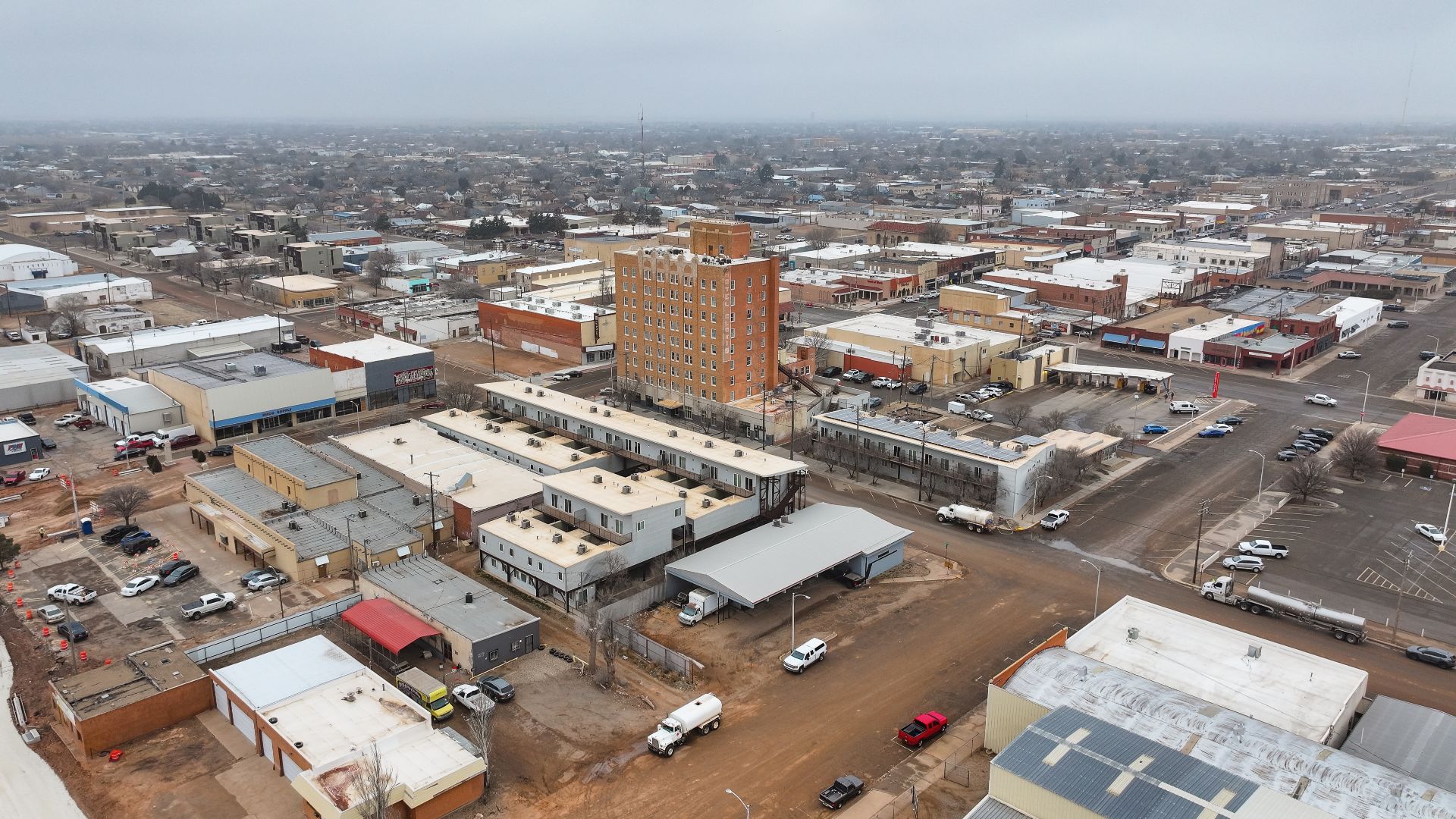 Quintin Soloviev, Wikimedia Commons
Quintin Soloviev, Wikimedia Commons
6: Minnesota
Population density: 73 people/sq. mile
Farmland: 50% of total land
Disaster risk: Low (FEMA Index: 22.8)
Minnesota’s abundance of lakes and farmland make it self-sustaining. The cold might deter most people—but that’s the point. With enough fish, grain, and grit, Minnesotans could ride out nearly anything.
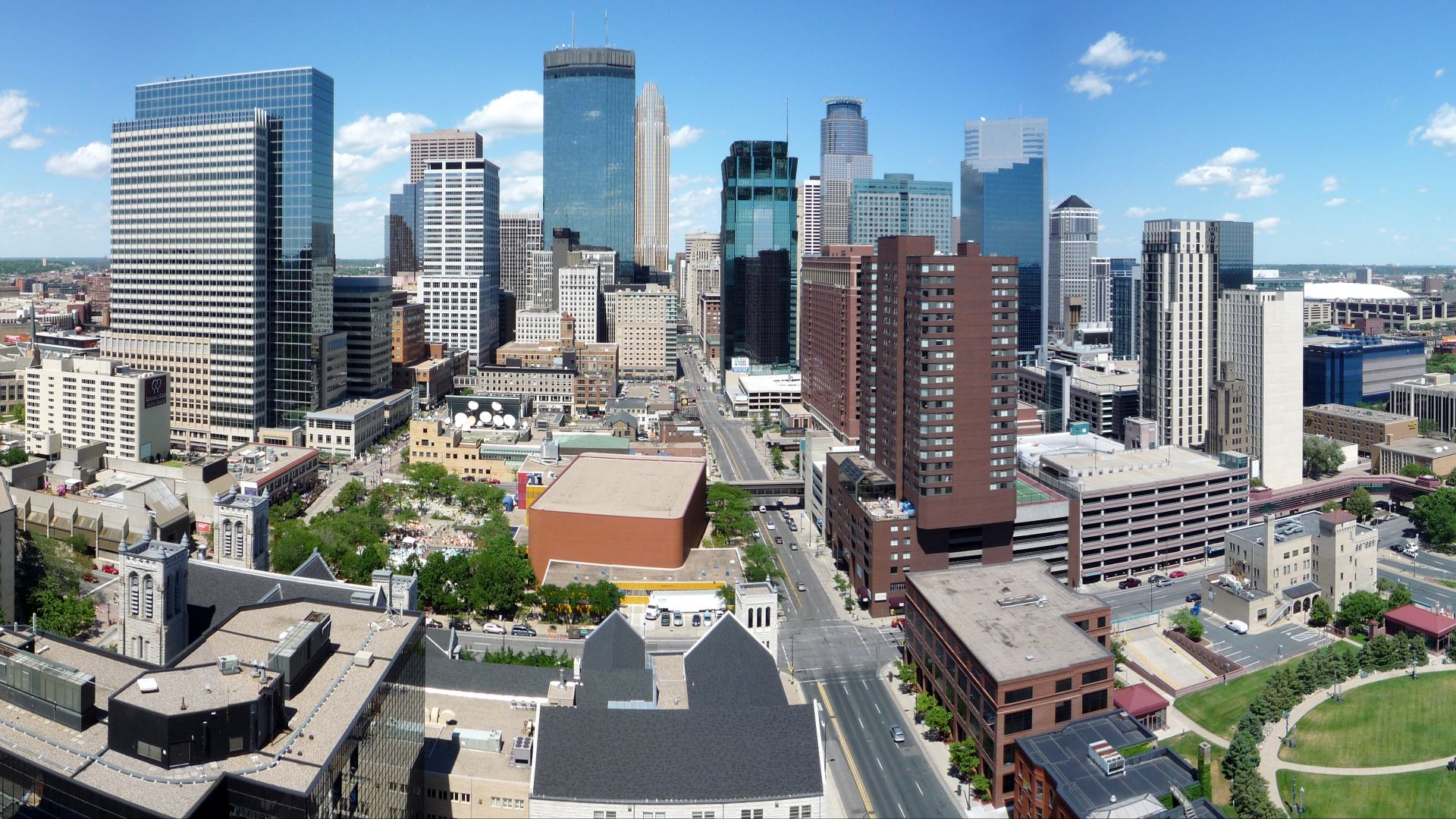 Bobak Ha'Eri, Wikimedia Commons
Bobak Ha'Eri, Wikimedia Commons
5: North Dakota
Population density: 11 people/sq. mile
Farmland: 89% of total land
Disaster risk: Low (FEMA Index: 20.8)
North Dakota’s flat plains and tight-knit towns are made for endurance. With some of the most fertile soil and lowest disaster risks in the country, it’s a quiet powerhouse for survival—just bundle up.
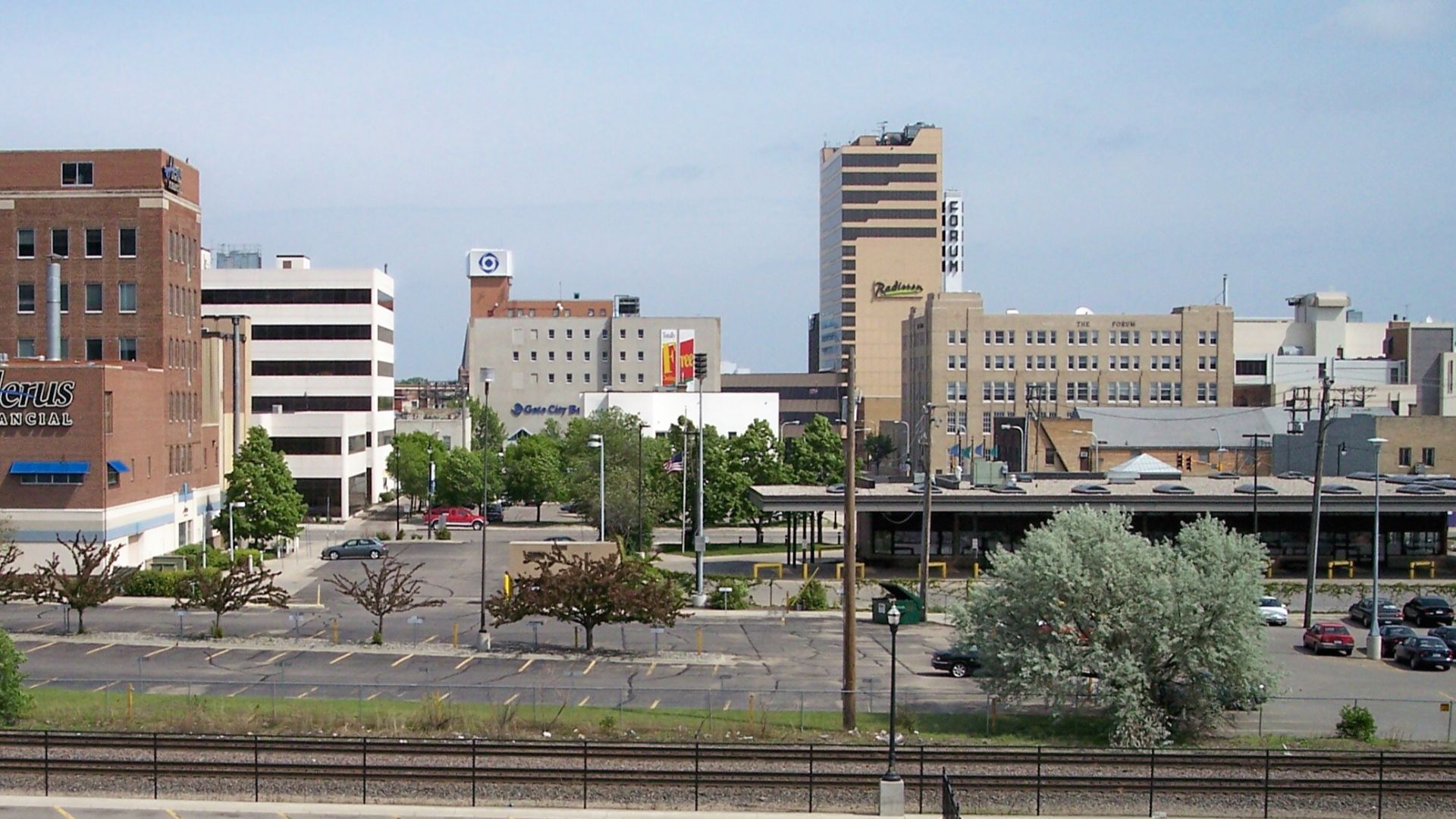 Tim Kiser (w:User:Malepheasant), Wikimedia Commons
Tim Kiser (w:User:Malepheasant), Wikimedia Commons
4: Montana
Population density: 7 people/sq. mile
Farmland: 58% of total land
Disaster risk: Low (FEMA Index: 19.9)
Montana offers everything you need to ride out the apocalypse: water, mountains, game, and near-total isolation. It’s the kind of place where you could live years before realizing civilization ended.
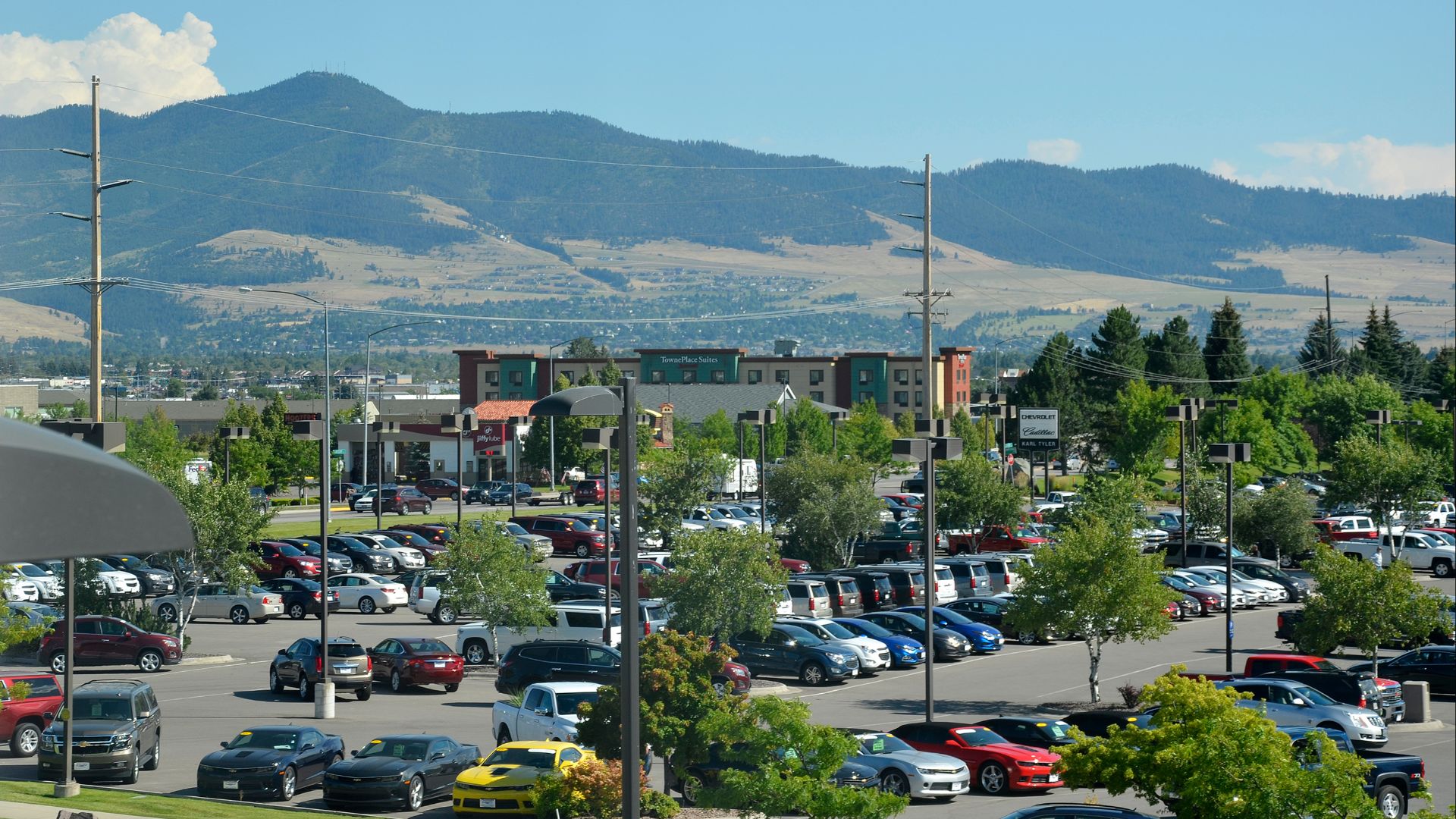 USDA NRCS Montana, Wikimedia Commons
USDA NRCS Montana, Wikimedia Commons
3: West Virginia
Population density: 73 people/sq. mile
Farmland: 23% of total land
Disaster risk: Low (FEMA Index: 20.1)
West Virginia’s rugged mountains, freshwater streams, and coal-country resilience make it an underrated safe haven. The terrain offers natural defenses, while locals already know how to live off the land. Isolation? Check. Self-reliance? Double check.
 Tim Kiser (w:User:Malepheasant), Wikimedia Commons
Tim Kiser (w:User:Malepheasant), Wikimedia Commons
2: Alaska
Population density: 1.3 people/sq. mile
Farmland: <1% of total land
Disaster risk: Very Low (FEMA Index: 14.6)
Alaska is the ultimate bug-out zone. Remote, massive, and packed with natural resources, it’s built for isolation. Sure, it’s freezing—but that’s better than fighting hordes of desperate survivors in traffic somewhere else.
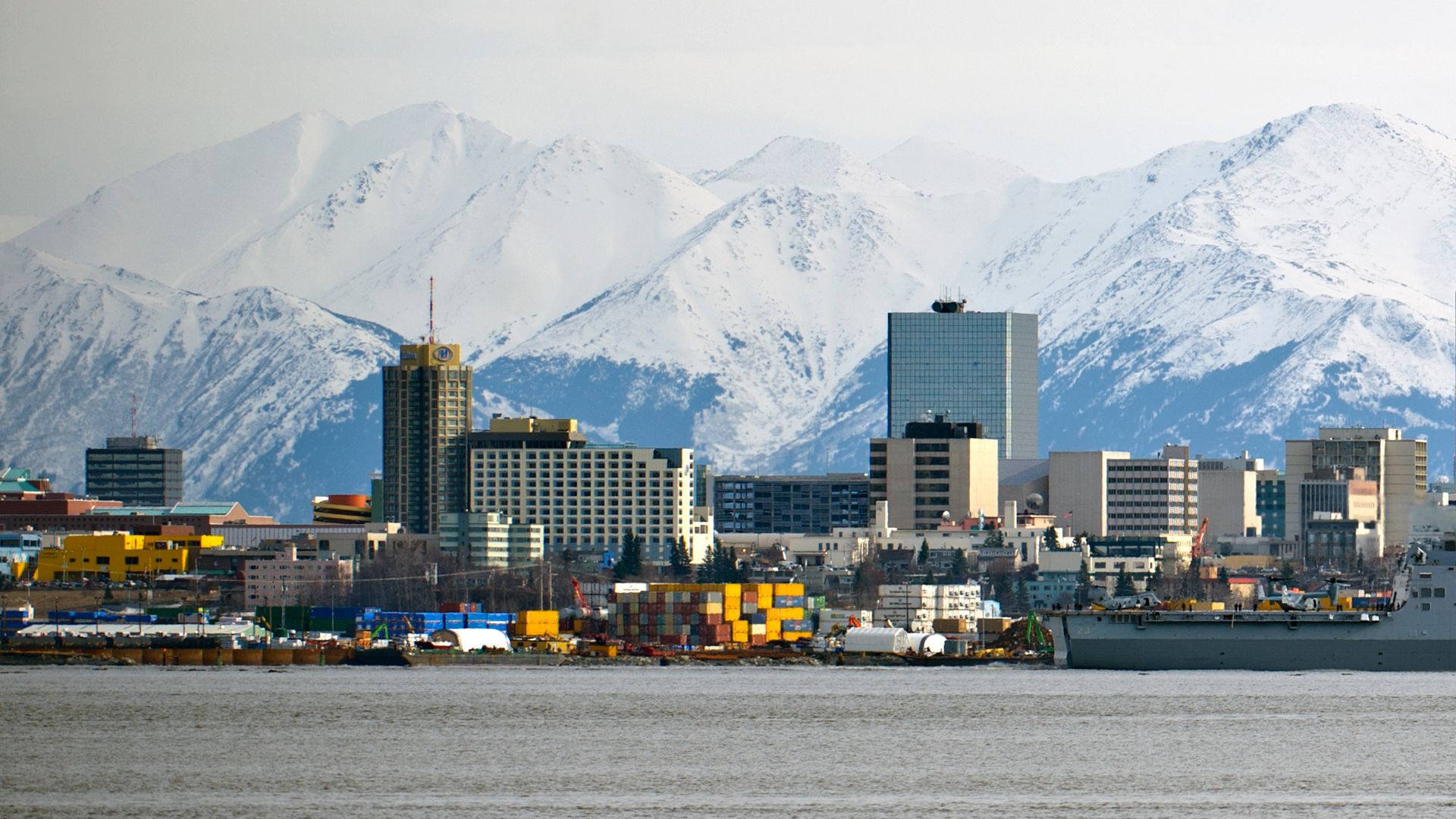 Jack Connaher, Wikimedia Commons
Jack Connaher, Wikimedia Commons
1: Montana (Western Region)
Population density: 6 people/sq. mile
Farmland: 60% of total land
Disaster risk: Very Low (FEMA Index: 17.2)
If you had to pick one state to survive the end, Western Montana is it. With low risk, endless wilderness, and self-sufficient locals, it’s practically apocalypse-proof. Bonus: plenty of scenic views while you rebuild civilization.
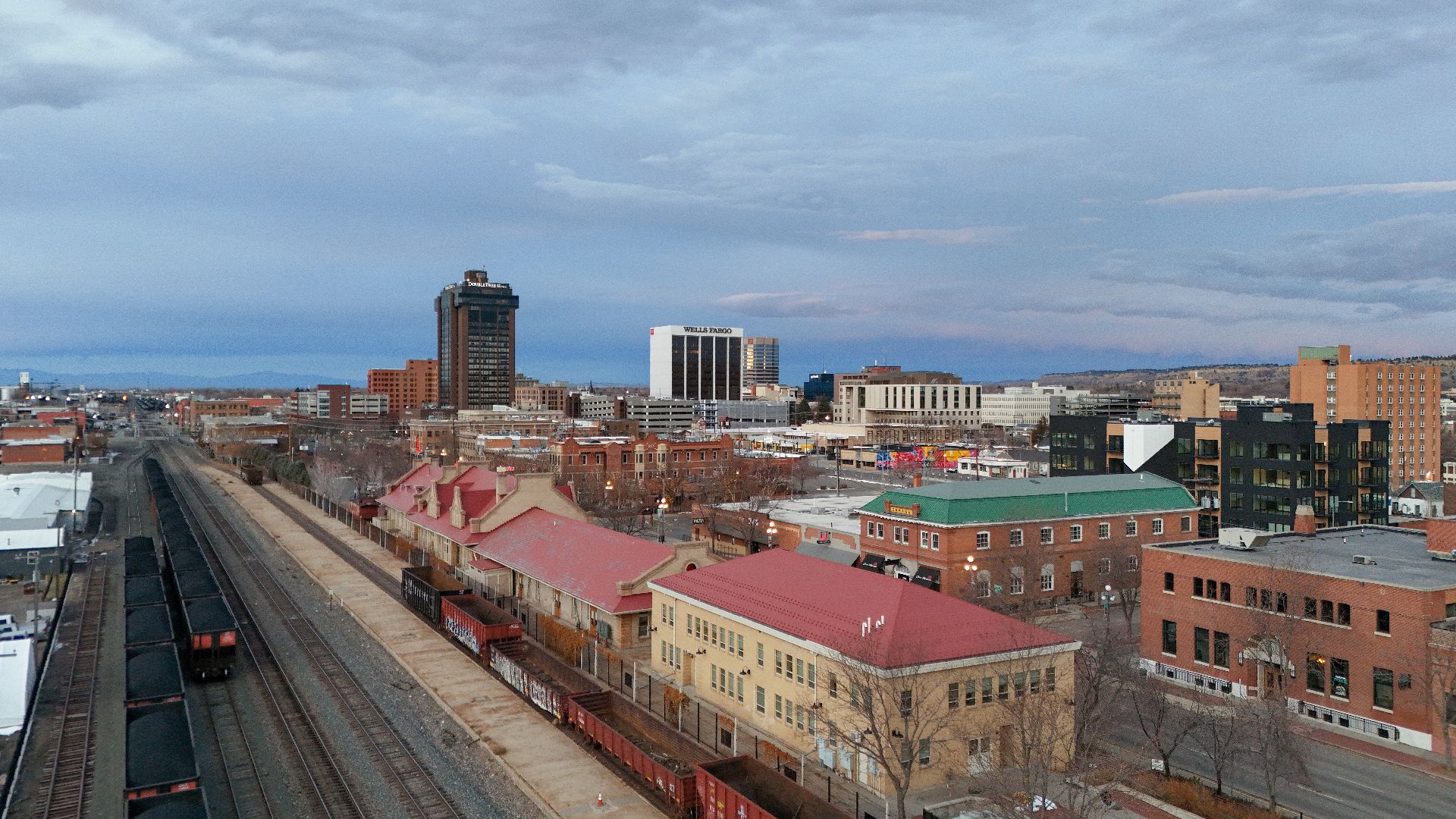 Quintin Soloviev, Wikimedia Commons
Quintin Soloviev, Wikimedia Commons
You Might Also Like:
The Countries With The Best Pension Systems—According To Data


